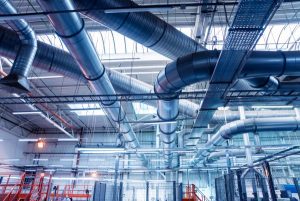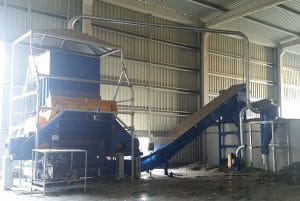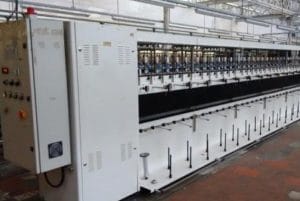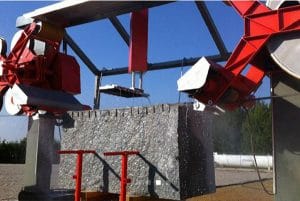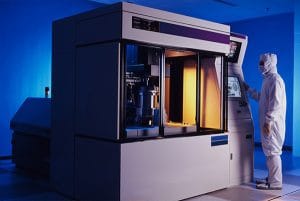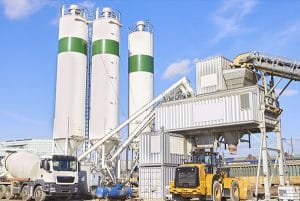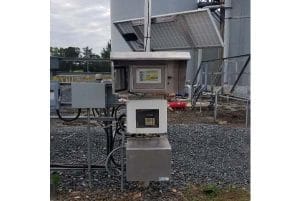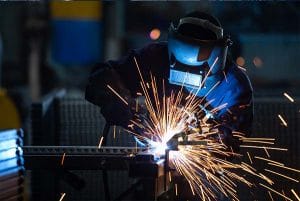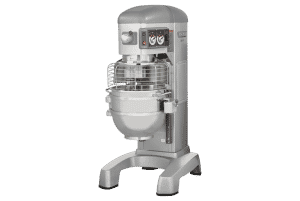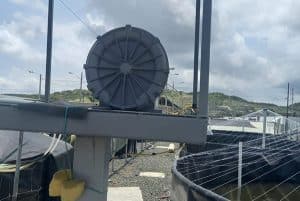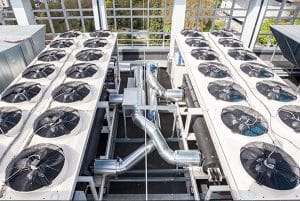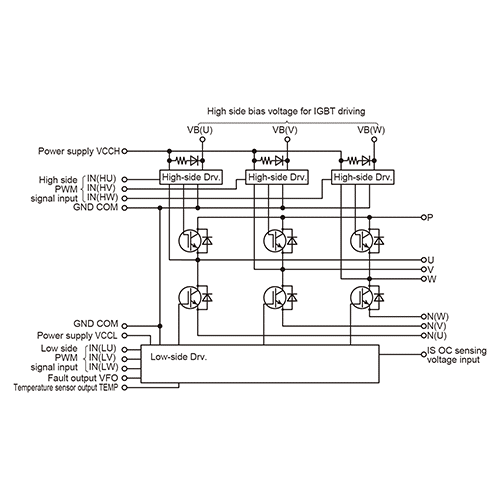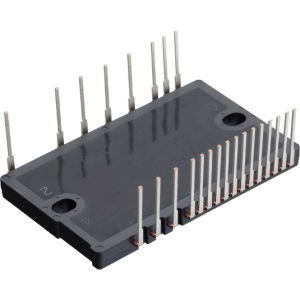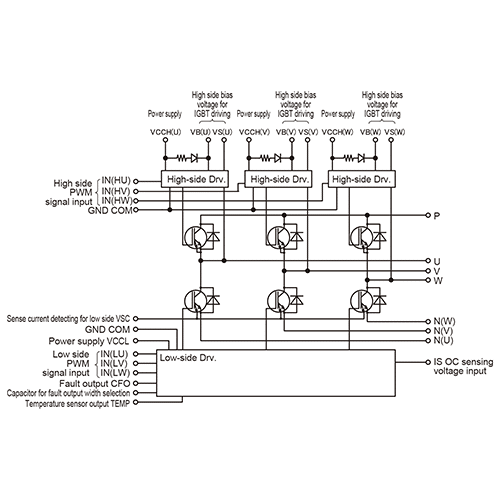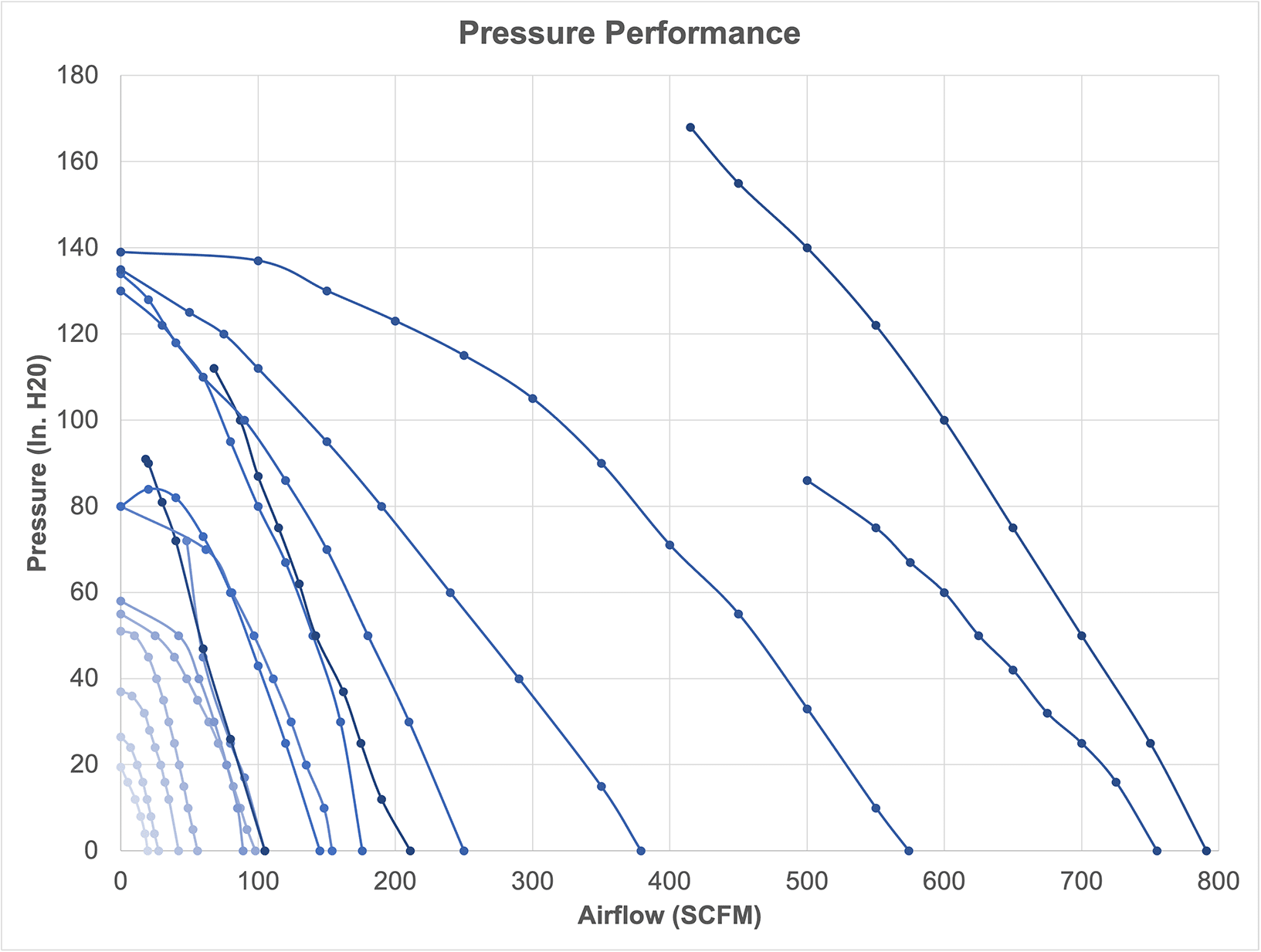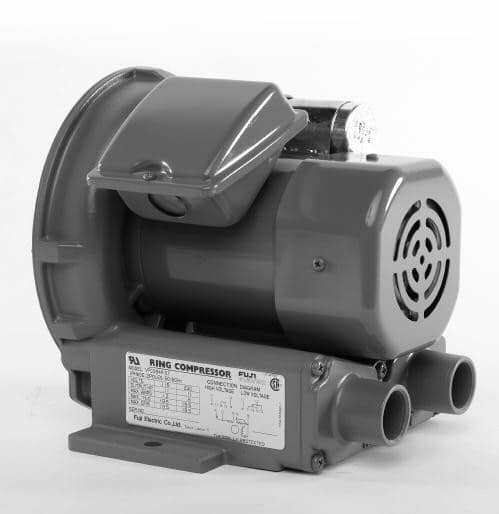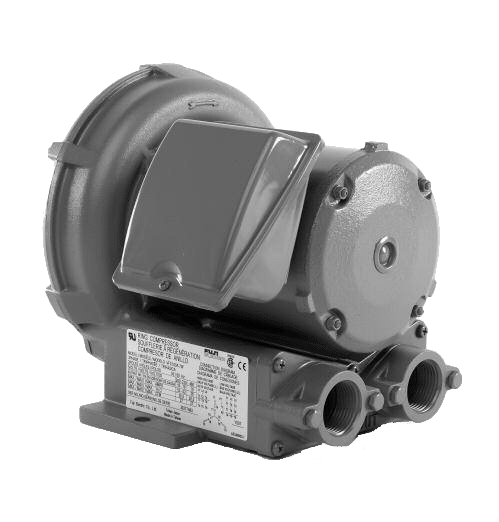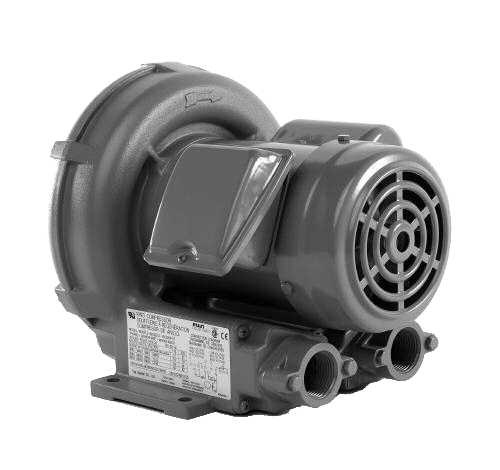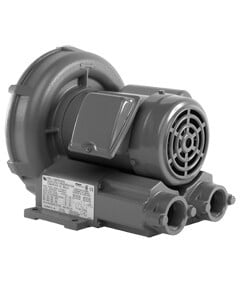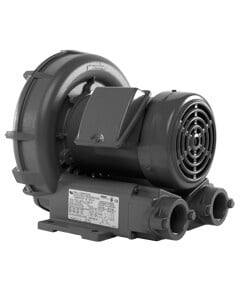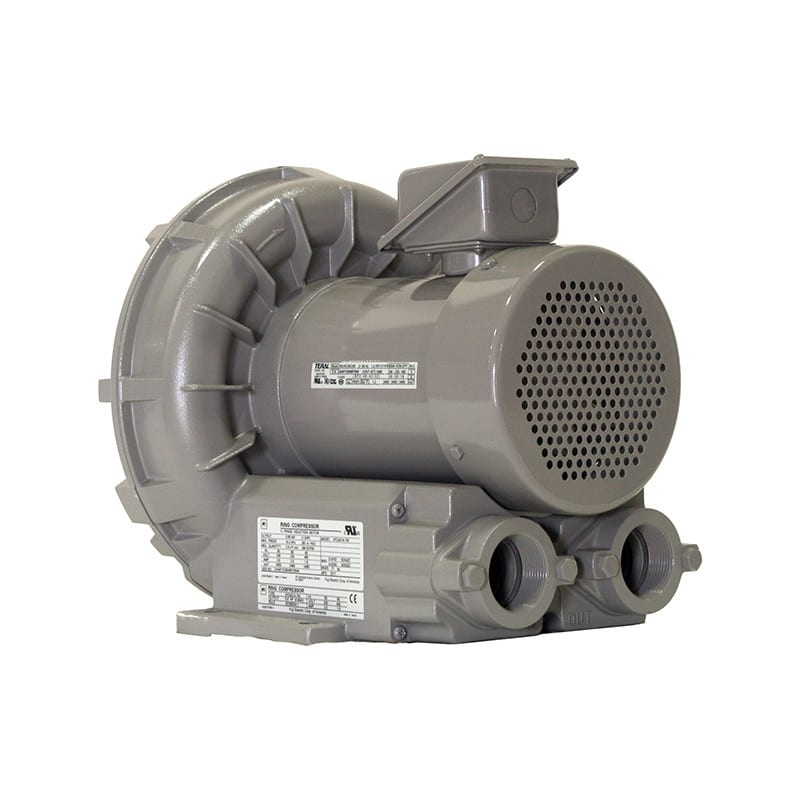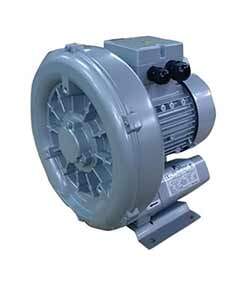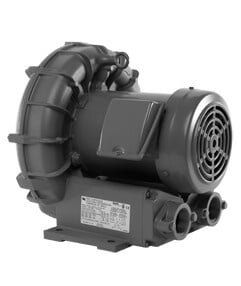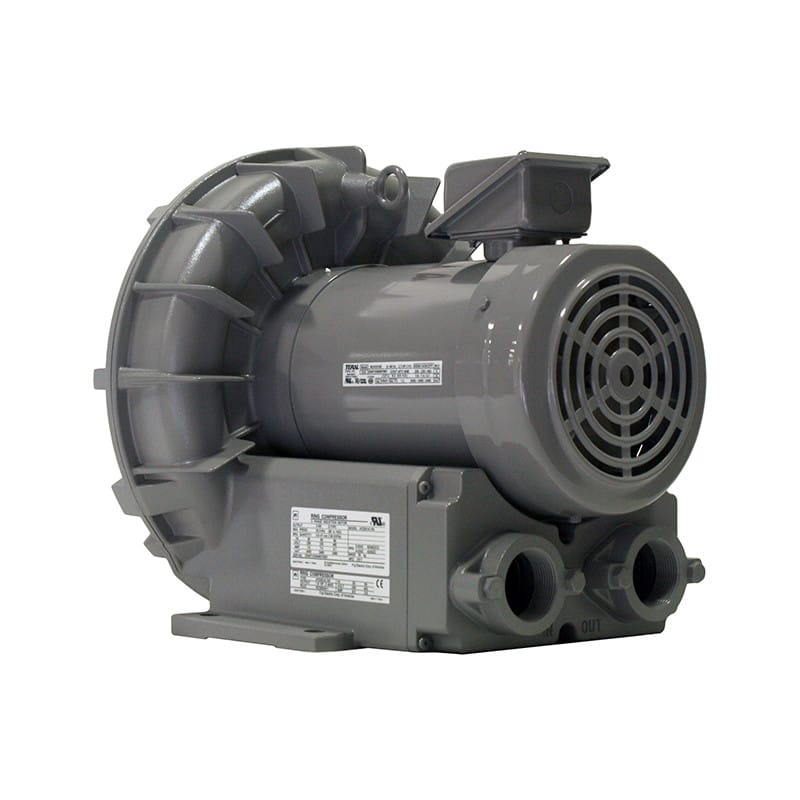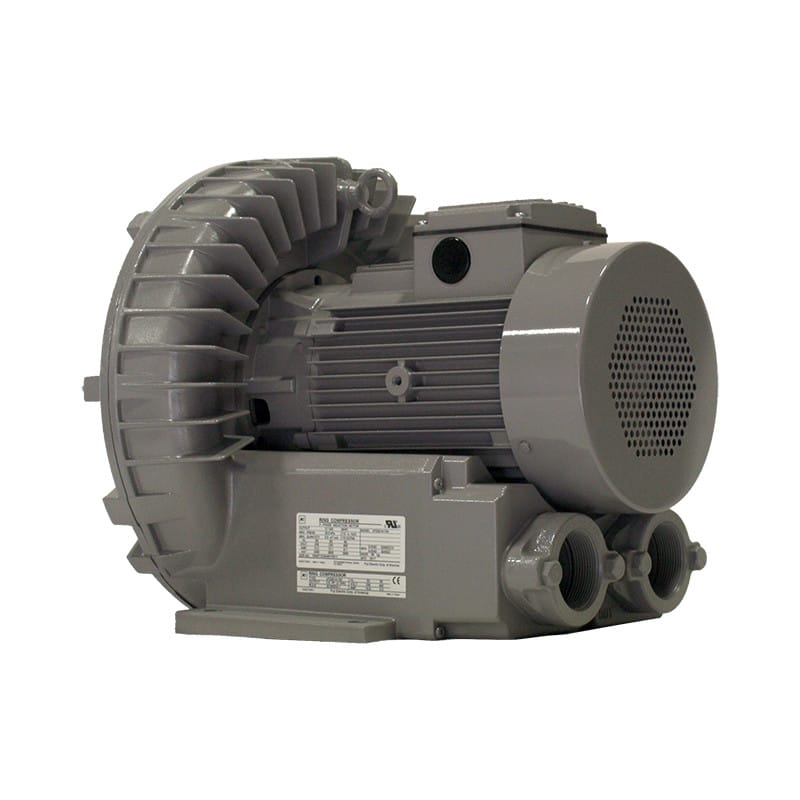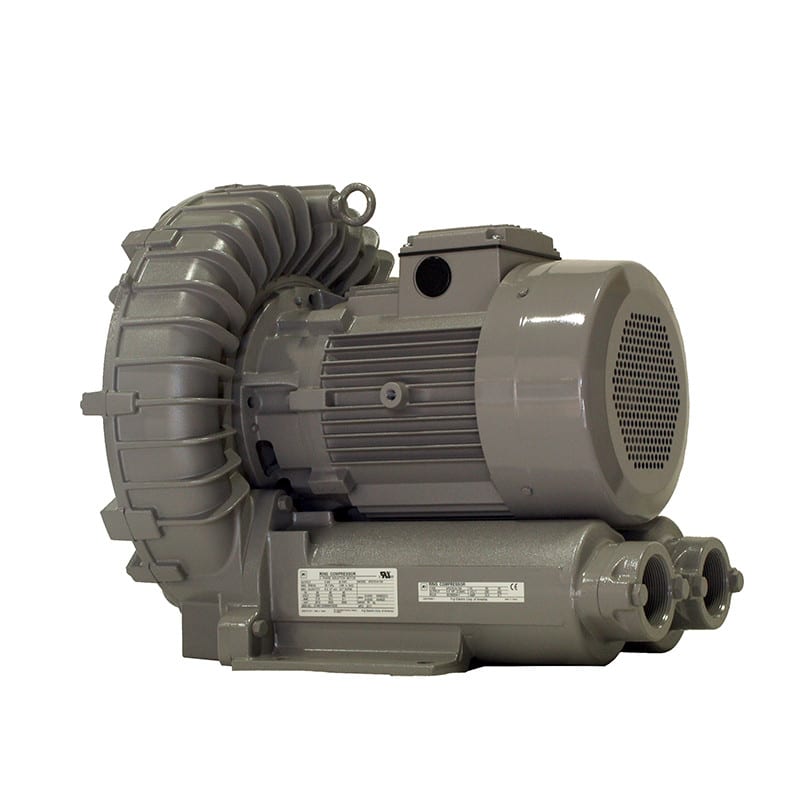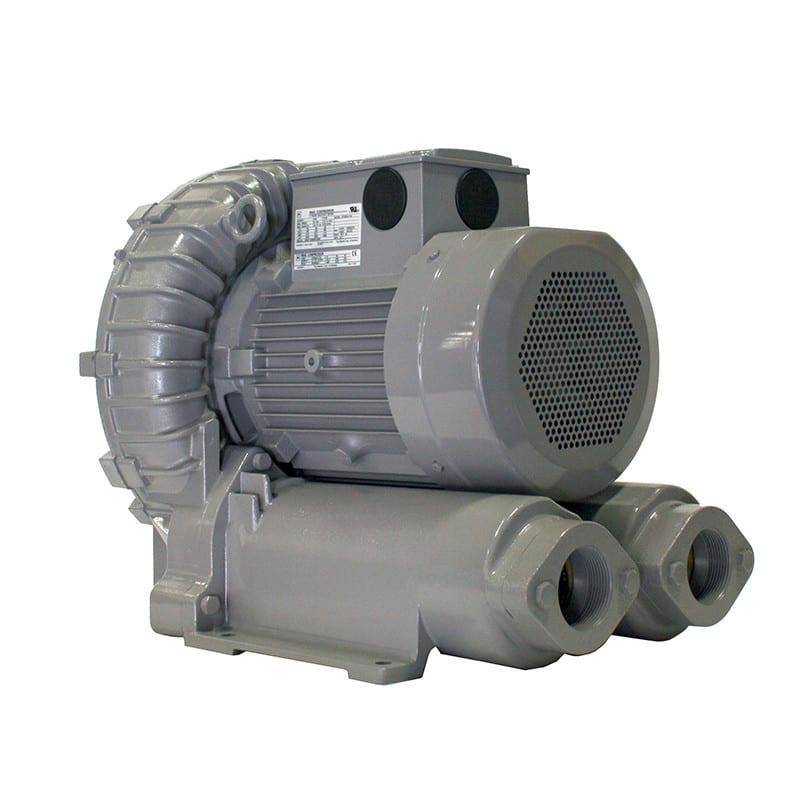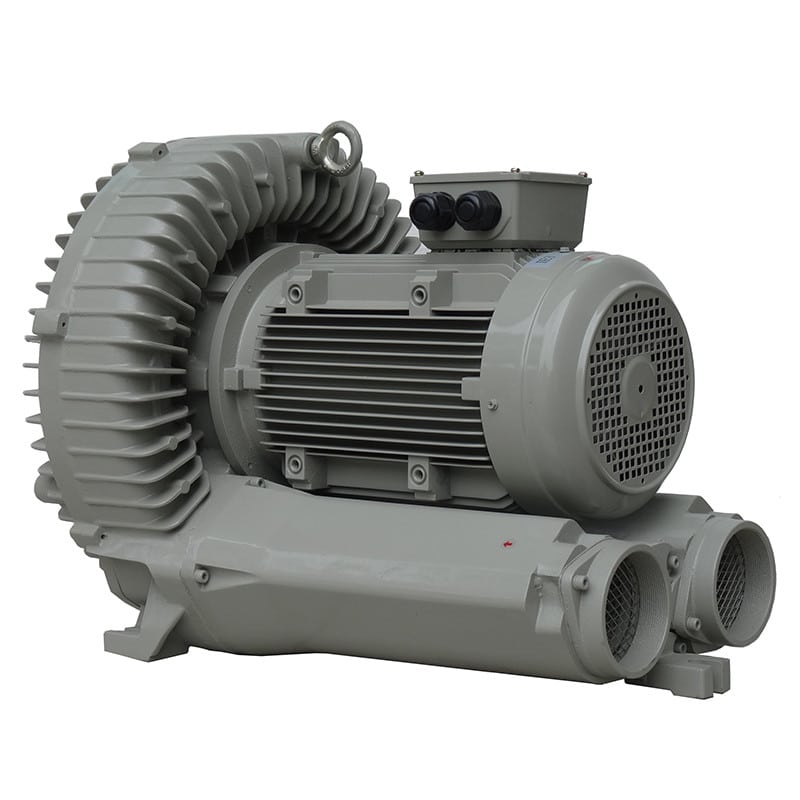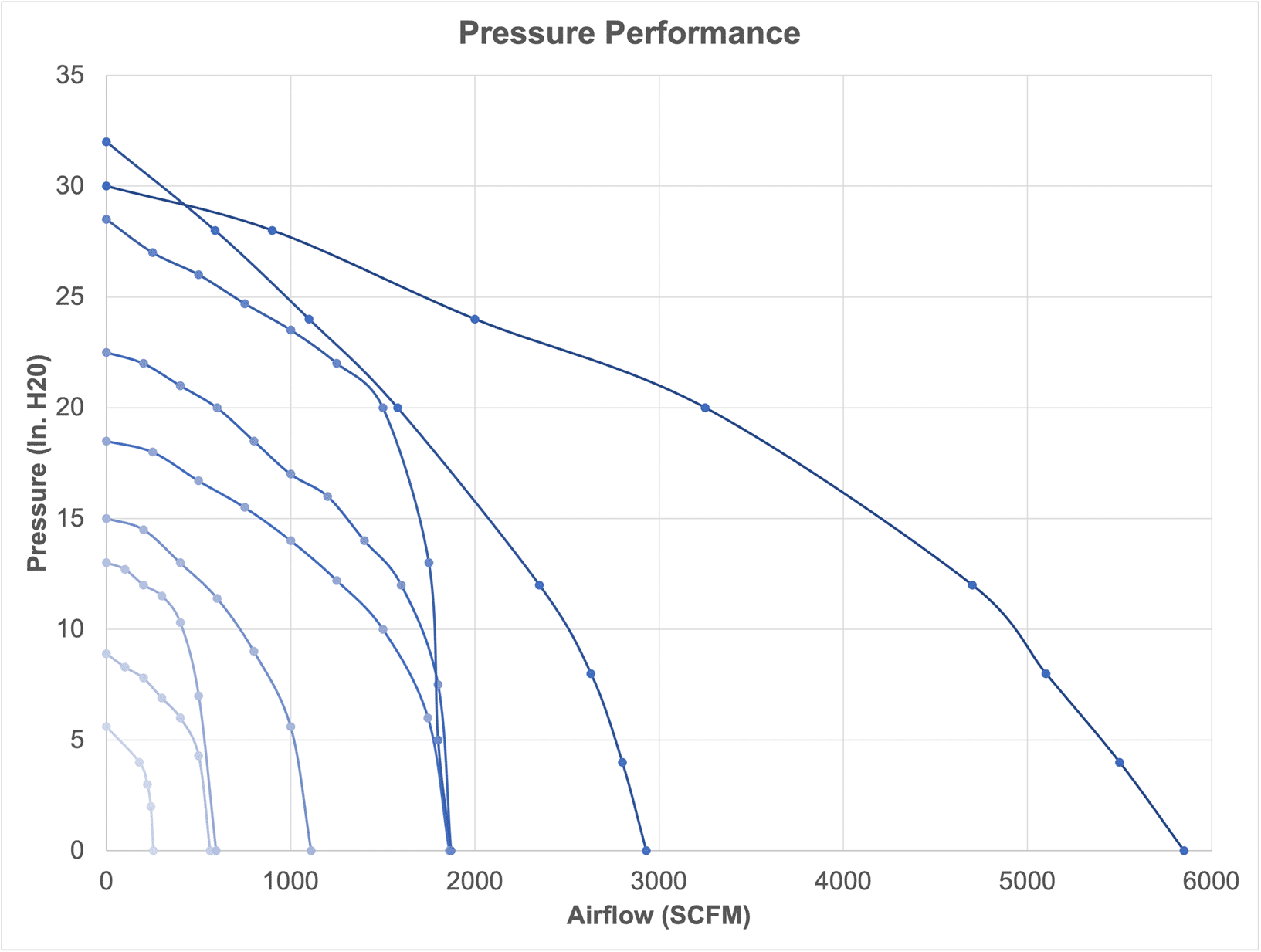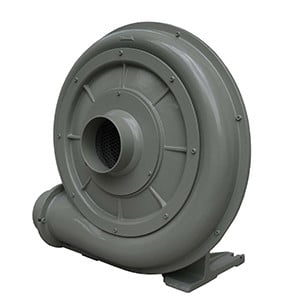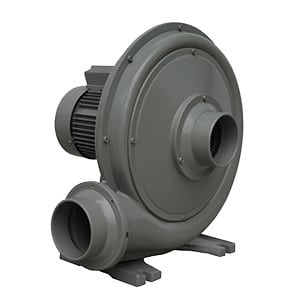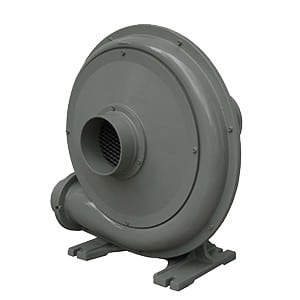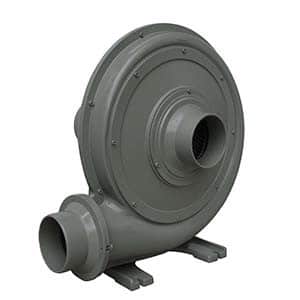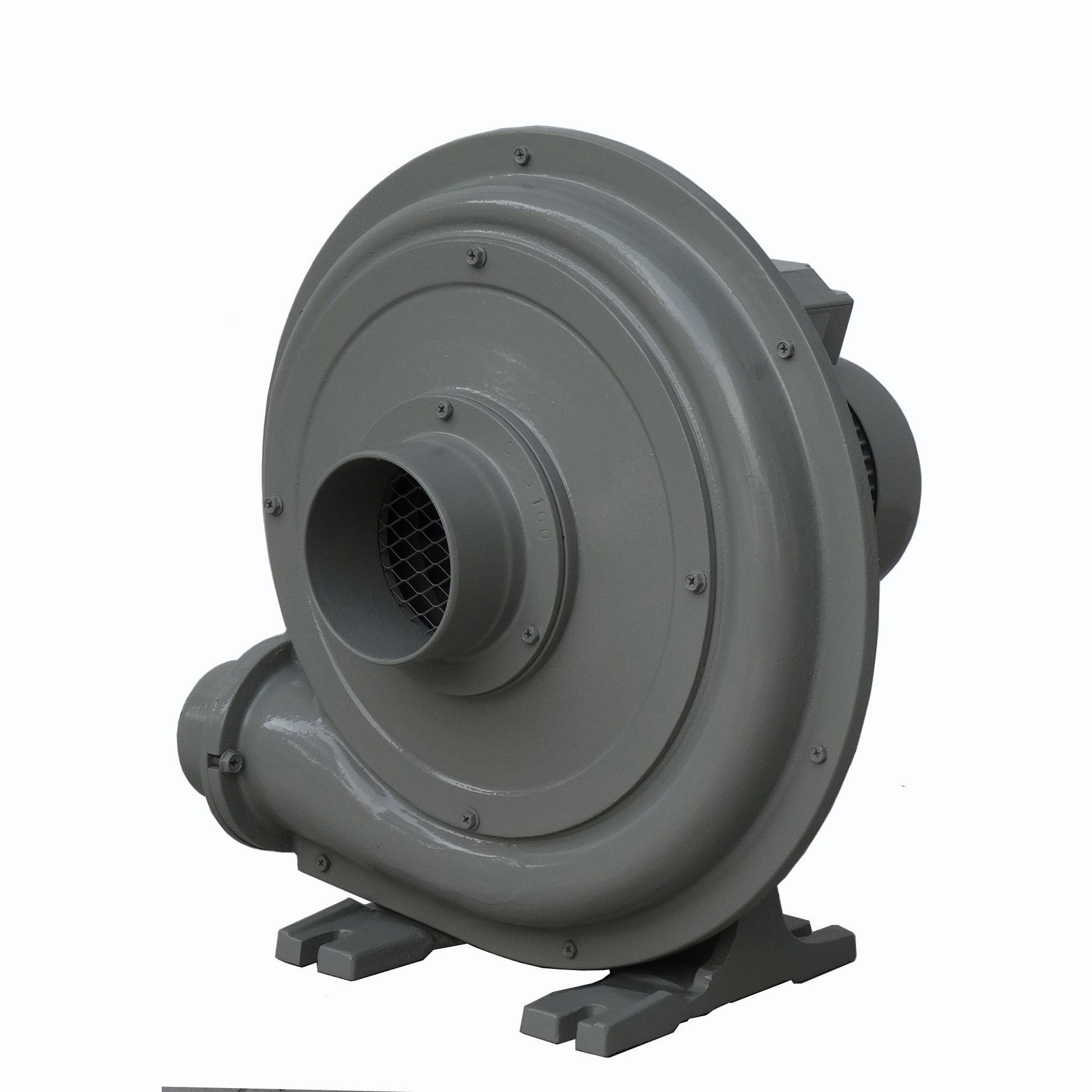Human-Machine Interfaces (HMIs) play a crucial role in protecting operators by providing real-time insight, control, and automation in industrial systems. Beyond convenience, a well-designed HMI significantly enhances workplace safety by helping operators prevent, detect, and respond to hazards more effectively.
- Real-Time Monitoring and Alerts
HMIs provide operators with instant visibility into process conditions, including:
- Pressure, temperature, and flow levels
- Motor speeds and system status
- Alarm conditions and fault codes
Why it improves safety:
Operators can respond to abnormal conditions before they escalate into dangerous situations.
- Visual and Audible Alarms
Modern HMIs feature:
- Color-coded alarms (e.g., red = critical, yellow = warning)
- Flashing screens or pop-ups
- Audible tones or sirens
Why it improves safety:
Ensures urgent issues (like overpressure or machine faults) are quickly noticed and acted upon—even in noisy environments.
- Safe Access to Hazardous Areas
HMIs enable remote operation of machinery, meaning:
- No need to open panels or enter danger zones
- Operators can initiate or stop processes from safe locations
- Built-in interlocks prevent unsafe commands (e.g., starting a motor during a lockout)
Why it improves safety:
Reduces exposure to moving parts, high voltages, heat, or chemicals.
- Controlled Access and User Permissions
Most HMIs support:
- User login levels (operator, technician, admin)
- Audit trails of who made what changes and when
- Lockout of critical functions unless authorized
Why it improves safety:
Prevents unauthorized adjustments that could create unsafe conditions or violate procedures.
- On-Screen SOPs and Instructions
HMIs can display:
- Standard operating procedures (SOPs)
- Maintenance checklists
- Safety instructions or warnings
Why it improves safety:
Operators receive guidance directly at the point of use—reducing human error and improving compliance.
- Integration with Emergency Systems
HMIs can interface with:
- Emergency stop (E-stop) systems
- Fire alarms or gas leak detectors
- SCADA or DCS systems for coordinated shutdowns
Why it improves safety:
Improves emergency response times and enables coordinated system-wide protection.
- Historical Data and Diagnostics
Built-in data logging and fault history allow:
- Analysis of near-misses or recurring hazards
- Predictive maintenance scheduling
- Root-cause investigations
Why it improves safety:
Prevents future incidents by learning from past trends and failures.
Conclusion:
HMIs serve as the first line of communication between humans and machines. When designed with safety in mind, they do more than control a process—they help protect people, enforce best practices, and ensure fast, informed decision-making in industrial settings.



